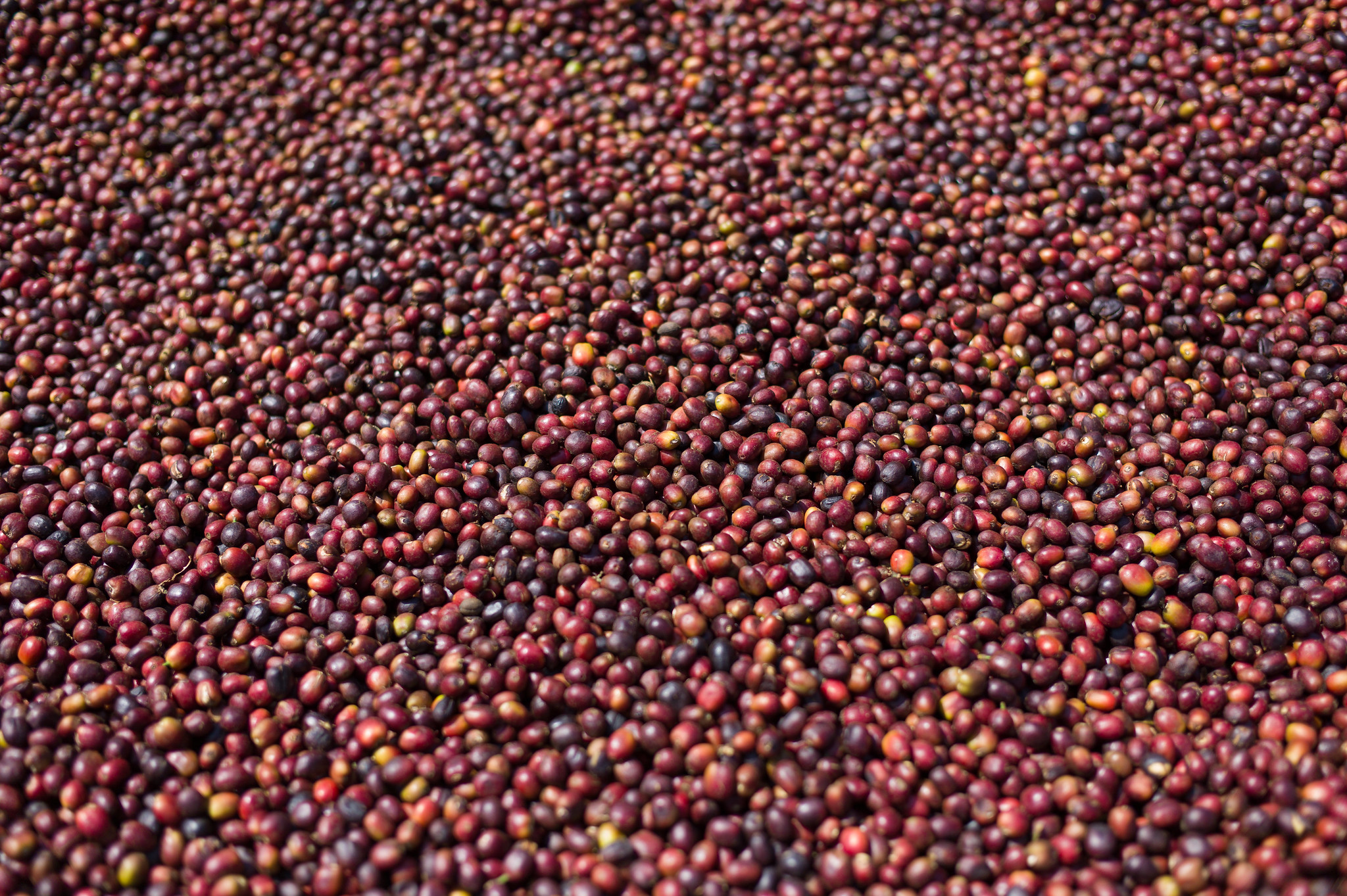After just having released our new espresso blend, we thought it would be a good time to explain a bit about how we try to optimize bean quality.
One of the founding ideas of TCC is to continuously try to develop and challenge coffee quality.
Two central questions arise when you want to implement this idea into real life for example in finding the right roasting profiles. What Method should be used for analyzing quality and against which quality standard should you evaluate the results of the analysis.
If we start with the last first. A central dilemma for us is always: should we evaluate a given flavour profile against what we think is the best or from what we believe our consumers would prefer?
In our new espresso we really love the cleanliness, the elegant sweetness and especially the fragile aromas from Kiawamururu. But Kiawamururu also has a high acidity which we used a lot of energy trying to balance. We think we found a really good balance but we know that some people might find the acidity too high. Whatever we tried with different blends or roast profiles to lower the acidity also killed the fragile aromas. Therefore we chose to go for our own preference instead of what we would believe might have a broader appeal to the consumers. We believe that if we want to contribute to the overall development of coffee quality we need to show what we think is the best possible. Then afterwards we can have a dialogue with open minded consumers about these qualities and how they/we perceive them. So for the espresso we choose the version with the fragile aromas and a distinct but balanced acidity.
Regarding which method to be used for evaluating quality it depends on which brewing method the bean is meant for. If it is meant for espresso we always develop from tasting the brewed espresso. This is probably the most complex brewing process and therefore we always taste lots of shots on a process that can take weeks to try to statistically minimize the influence of brewing differences. It is necessary to taste the espresso like this since espresso as a drink is completely different from Brazilian cupping – our otherwise preferred sensorical method of analysis. Brazilian cupping is developed to minimize the influence of the brewing method itself on the sensorical analysis of the coffee flavour. The method is very easy to repeat and the fewest possible factors play in. Therefore if one wants to analyze the sensorical quality of the coffee bean itself this is the only serious way to do it.
One could argue that using french press would be closer to what the gourmet coffee consumer in Denmark experience at home and that therefore this would be the method to be used when sensorically analyzing bean quality. Our first claim against this would be that French Press is not giving as “honest” an impression of a given coffee as Brazilian cupping is. French Press is covering up some flavours and enhancing others as compared to cupping. We believe that cupping gives the best possible impression of the beans full flavour profile and that’s what we are looking for when we evaluate bean quality.
If we as roasters optimize the bean quality then it must be the challenge of the person brewing the coffees to get the full flavour out of the beans. This is also how we work with different brewing techniques (except from espresso) in our coffee shop. We compare the resulting flavour profile from for instance Finca Vista Hermosa in French Press or Aeropress to what we experience in cupping. Respecting each brewing techniques unique characteristics we try to adjust the brewing parameters to come closer to the particular flavour profile of for instance Finca Vista Hermosa in cupping. That was also why we started to skim the French press before pressing down the piston because we compared it to cupping where you also skim the coffee.
You can say that the dry aroma and the flavour at the cupping table are kind of goals of which flavours we as baristas struggle to try to get out in the cup. Therefore if you know a coffee is working very well at the cupping table but it doesn’t in for instance the french press you need to improve your french press technique. Or if you experince very fragile aromas in the dry aroma that does not come through in your brewing it is also a hint to try to improve the brewing technique.
Finally we actually believe that both drip brewing and Aeropress are very good brewing methods (if done carefully) and especially Aeropress is really picking up fast as ahomebrewing method amongst our costumers. It would therefore be wrong of us to optimize our beans to only one of these methods for instance French Press.
To sum up how we work when trying to explore what coffee can be and not just how it should be. We develop what we find is the most interesting flavour profiles and optimize the beans for either espresso brewing or Brasilian cupping. In the last case we trust the barista will do their best to full fill the potential of the bean with whatever brewing method they prefer understanding the advantages and limitations of each method. We then gladly go into a dialogue on how to improve quality.
Would you like to get our different coffees delivered directly to your doorstep? We've got you covered.
Address
Coffee Collective
Godthåbsvej 34B
2000 Frederiksberg
CVR: 30706595
Contact
mail@coffeecollective.dk
+45 60 15 15 25 (09.00-15.00)
Coffee and cookies
This site uses cookies.
Find out more on how we use cookies.

